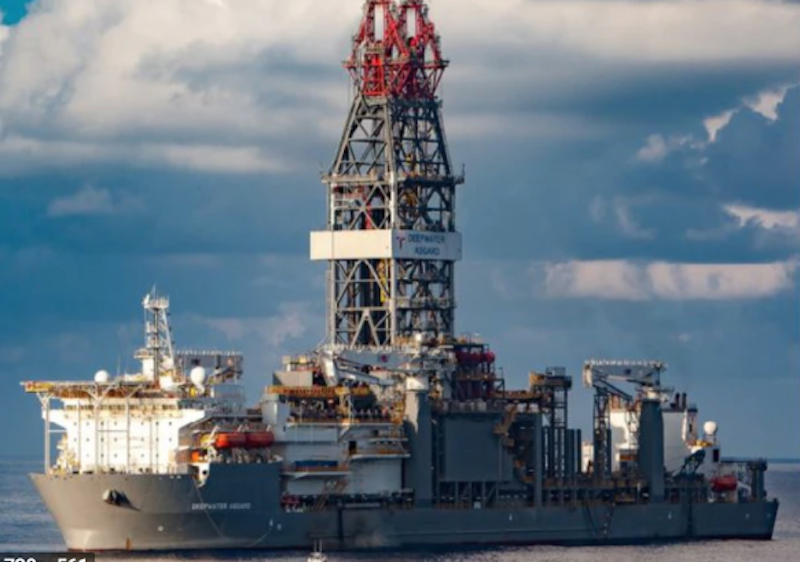Reinvestment rates in the global oil and gas industry are expected to rebound by 28% this year, reversing the all-time low of 22% in 2022, Wood Mackenzie concluded in a review of upstream trends.
Of particular interest to the deepwater Gulf of Mexico, the consultancy expects development spending to increase at least 10% to between $460 billion and $480 billion.
“Investment needs to rise further in 2023 and subsequent years if supply shortages are to be avoided. But not by as much or for as long as many market observers think,” said Fraser McKay, head of upstream analysis. “And with corporate deleveraging largely complete, there is room for both incremental reinvestment and continued shareholder distributions.”
Dampening the projection, however, are nagging inflation and widening supply chain margins that will consume about half of the increased spend. “Cost inflation will constrain the impact of spend increases, and supply chain bottlenecks and inefficiencies will threaten the hard-fought gains made through previous downturns,” according to the Jan. 12 analysis.
Rising oil and gas prices could also pose a double-edged sword as more countries look to cash in. The U.S. is a case-in-point with President Biden having threatened the imposition of a windfall profit tax last October as operators posted record earnings amid growing consumer prices. “Country risk has risen toward the top of the pile of investor considerations,” McKay said. “If prices move higher, more countries will take action in the form of price caps or windfall taxes. Operators will have to reassess current and new opportunities, even in countries previously thought to be low risk.”
Meanwhile, with decarbonization of the energy stream the mandate du jour, spending on low-carbon projects like wind, hydrogen, and carbon capture, utilization and storage (CCUS) will jump by $60 billion this year, 10% more than last year, according to Rystad Energy, an energy research and business intelligence company.
Contrary to Wood Mackenzie’s analysis, the Norwegian consultancy expects a lower rate of inflation for renewable energy investments, which last year surpassed oil and gas spend for the first time. “Investments in green sectors surged 21 percent in 2022 to overtake related oil and gas spending for the first time, but inflation-spooked developers seem set to rein in spending growth this year. However, as inflationary pressure weakens, we expect spending to rebound,” Rystad predicted in the analysis released Nov. 12.
Spending for geothermal, CCUS, hydrogen, hydropower, offshore and onshore wind, nuclear and solar projects are on pace to hit $620 billion in 2023, up from about $560 billion last year. The service sectors included in the spending calculations included project equipment and materials, engineering and construction, wells, operations, maintenance, logistics and vessels, Rystad said.




